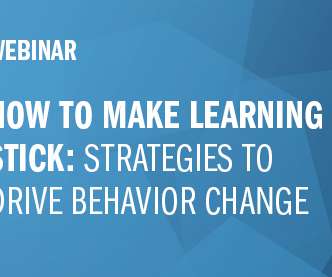The ROLE of Emotional Intelligence in Effective Leadership Today
The Center For Leadership Studies
NOVEMBER 23, 2020
EBITDA (earnings before interest, taxes, depreciation and amortization) still matters as does the P&L (profit and loss statement) and the deadline for 2021 projections (who can imagine?!) Even as we stretch to support our colleagues, the work goes on! Deadlines and deliverables must be met. Customers expect uninterrupted excellence.












Let's personalize your content